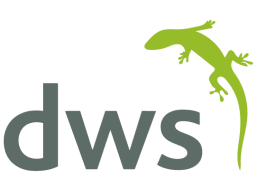by Rachel Fraser
If you attended QUEST DiveDeep recently, you will no doubt be aware of Oracle announcing the release of JD Edwards EnterpriseOne, Release 22. This new naming methodology, according to Oracle, is based on customer feedback which better reflects industry trends and the continuous innovation delivered in E1 9.2. As 9.2 is based on continuous delivery, customers who are already on 9.2 will be able to leverage the existing update processes, which will include all new apps and tools features for E1.
The best practice is always for customers to maintain their current JDE environment and stay current by taking the regular updates, as doing so helps make each ERP update more predictable and the system more stable. Customers still have choice and control whether they wish to update only the tools release or the apps and tools release. However, wisdom tells us that best practice would be to update both to stay code-current.
This continuous delivery model does require a shift in how organizations maintain their JD Edwards environments and manage their updates on a regular cadence of scheduled projects. So if you are reading this and wondering:
How to plan and manage your Updates to stay code-current; and you don’t have the answers,
We can help you get there!
Once you think about taking a JDE Update, you need to understand which objects require attention and might be impacted during any project. Specifically you need to have a detailed understanding of what is happening in order to plan for any business change.
A detailed understanding of what is happening to the Oracle code becomes invaluable as you move from contemplating the challenge of an Update to implementing a planned cadence of projects. Your plan for introducing any business change and subsequent testing will be influenced by:
- your customizations, and how many of those modified objects are likely to have been impacted by Oracle; and,
- the changes that Oracle has made in areas where you have NOT modified the code, but nevertheless use the objects and therefore must consider these objects as part of the test plan.
DWS specializes in helping companies look after their JDE E1 code. Using a set of proprietary tools, we’ve built an understanding of how Oracle has been evolving the standard codebase over time. Added to a forensic understanding of our clients’ modified JDE E1 codebases, this allows us to ease the pain and internal hassle associated with staying code-current. We can provide cost certainty and help you mitigate the risk associated with any Update project by taking responsibility for the retrofitting element.
With our specialized software-led services, we can help you manage your projects over the next one to three years. Committing to a strategy of continuous innovation will deliver cost certainty and regular low-risk change event projects, allowing you to take advantage of the features that are being delivered by Oracle.
Customers see the benefits of continuous innovation through enhanced automation, which will help to eliminate manual tasks and drive innovation; creating agile, more customer-centric organizations.
Get in touch if you feel we can help sam@dws-global.com or visit the website DWS | Professional Services | Continuous Innovation for JDE E1 (dws-global.com)




